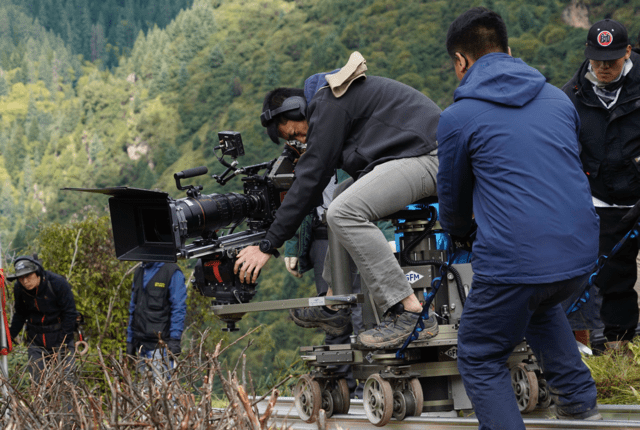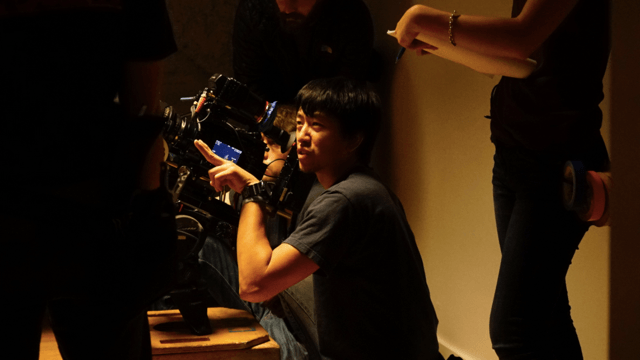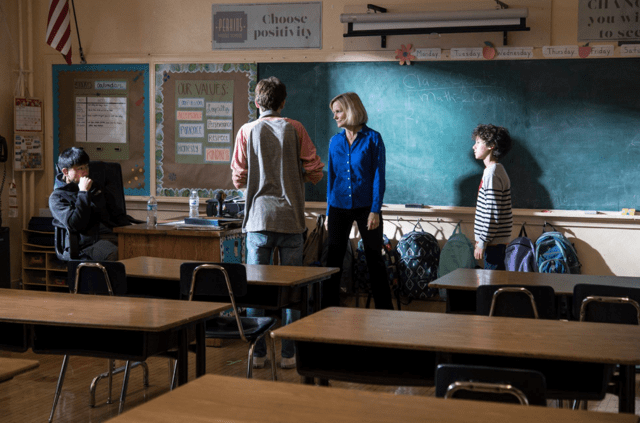When it really comes down to what audiences are looking for in a film, it’s all about heart. Viewers want to feel a connection with the characters and their lives. Yes, VFX and software magic can grab your attention but a great story with heartfelt imagery will last far longer than any “trickery.” Cinematographer Zilong Liu is known for his naturalistic approach with the camera and ability to place the audience inside the character in a remarkably intuitive manner.
Particularly striking is his work for the lauded film Tree #3, selected by such renowned film festivals as AFI Fest, the Palm Spring International Film Festival, the Urbanworld Film Festival, and others. Liu has the ability to deliver a sense of the vast emotional pendulum arcs as the film’s junior high male protagonist, creating an instantaneous bonding; something Zilong is poised to repeat in the upcoming film Chase Wind about another young man’s struggle. The vast difference between the comedy and drama of these two films is linked by the manner in which Zilong masterfully allows the characters to emote through the camera’s vantage.

Tree #3 is a tale of struggle and perseverance. In the case of this film, it’s delivered through the experiences of a young aspiring actor name Itai. Though he wants the lead in his school’s production of “Sleepy Hollow” he is unable to attain any role grander than that of Tree #3. When Itai lies about him being the leader of the play, his grandmother flies from her home in Israel to witness his lead acting debut.
The teacher running the play refuses to recast Itai in a bigger part, compelling him to take matters into his own hands and hijack the lead role during the play’s performance. This young thespian is determined to prove to his admiring grandmother and all present that a tree is not “just a tree.”

Director Omer Ben-Shachar wanted Tree #3 to be more than simply displaying the events that transpire in Itai’s epic journey, he wanted the audience to truly experience the emotions of the main character. To create the proper distinction between the safety of home and the anxious reality of school, he asked Liu to design the lighting as the first means of establishing these moods.
When Itai confesses to his grandmother that he was kicked out of the play, the comforting warmth is in the dialogue but also an unspoken result of the lighting. The warm tone fits the emotional state of the character; underlining the intimacy of this conversation. Zilong embraced one lighting technique for this film which is almost universally rejected; the iPhone. When Itai takes over the play, the teacher/producer Mrs. Crystal quickly pulls the plug.
However, the audience shows their support for Itai by lighting the stage with their iPhones. Describing his reasons for using such an unorthodox approach, Zilong remarks, “I lit this scene with the 4 iPhone flashlights to simulate the real phone light we used in the scene. For some people, the iPhone light is hideous to use but it added some unique quality to the scene in my opinion. I embraced the raw and flawed feeling of it because it made me believe that this was something that actually happened.
Authenticity is a big part of my creative choice when it comes to lighting.” The public and critical reaction to the quirky story with equally unusual (and successful) techniques was profound. Tree #3 received awards from the Urbanworld Film Festival, Palm Springs International Film Festival, National Film Festival for Talented Youth, Milwaukee Film Festival, Coronado Island Film Festival, and a slew of others.

The upcoming film Chase Wind also makes use of Liu’s cinematography to impart the emotional tale of another young person. The film revolves around a child named Xiaoshan who lives with his alcoholic father [Dachuan] in a cabin in the mountains. Through their mutual love for running and Xiaoshan’s dream to become an Olympic competitor bring them together, a fatal tragedy will eventually take one of them.
Chase Wind is the story of how a boy and his father make the most of a very difficult situation. Zilong and director Jiangzhou Ren were so committed to the authenticity of the story that they flew to Sichuan China(an altitude of between 10000ft.- 15000ft.) to scout the perfect location for this film. The DP professes that these are the types of steps one takes to bring honesty to a story. He notes, “The less artificial things we do, the better a film will look.
It takes a lot of planning and a great deal of effort but this is my passion. Whether my actors are under-age or seasoned professionals, it’s my job to help them feel and look more natural. I’ve always been known for a fast-path shooting style while still maintaining the visual approach that fits a story. If the audience and the actors are buying into the action and setting, I’m always happy.”
Writer: Cecil McCoy